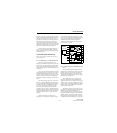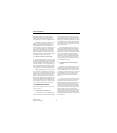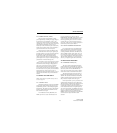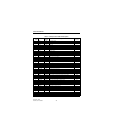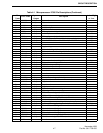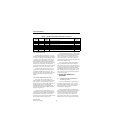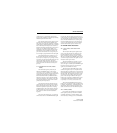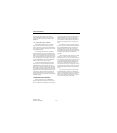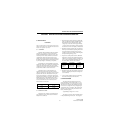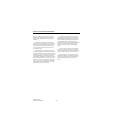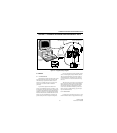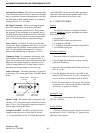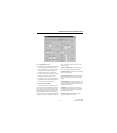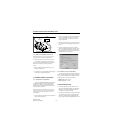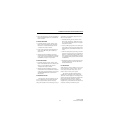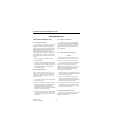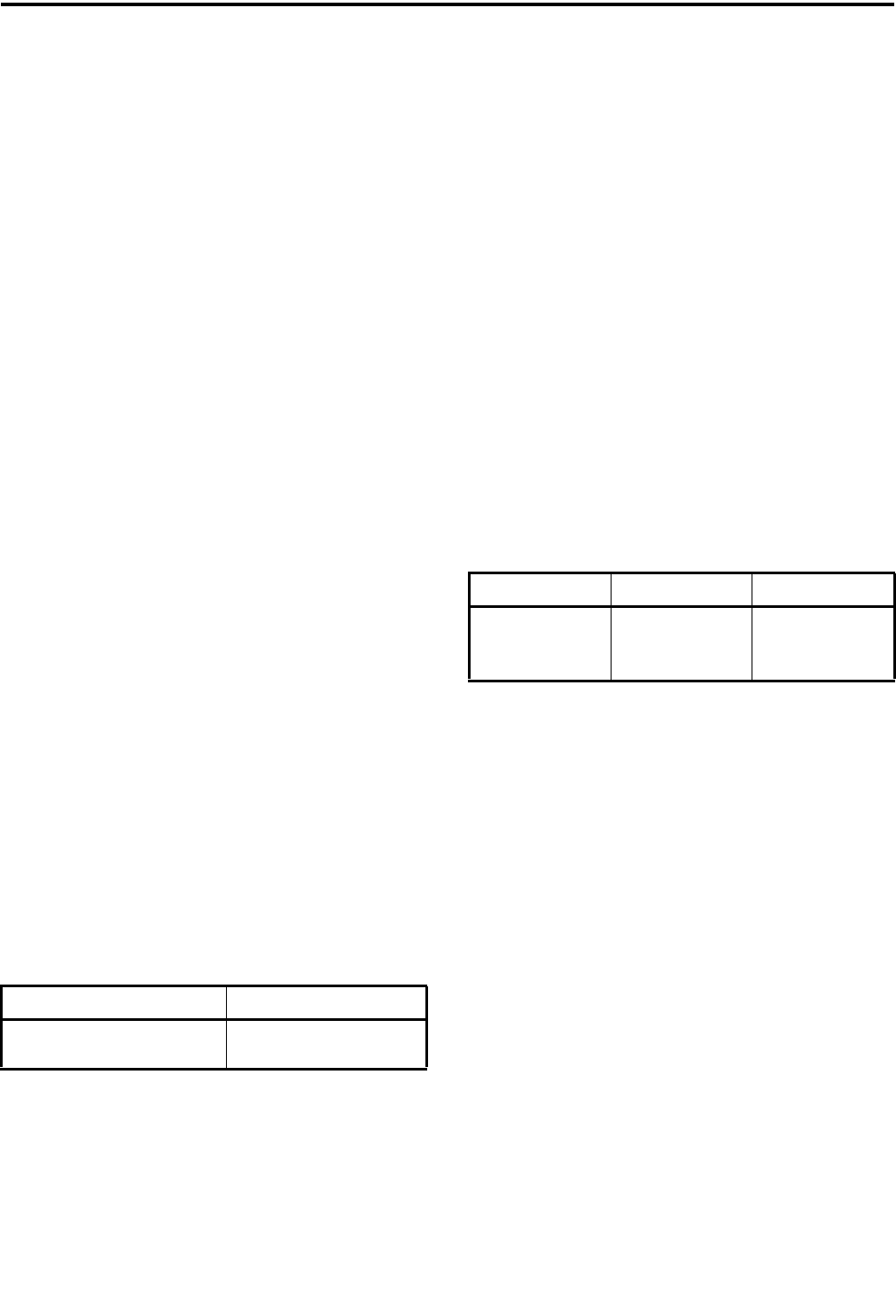
5-1
November 1999
Part No. 001-7780-500
BATTERY PACK AND CHARGER INFORMATION
SECTION 5 BATTERY PACK AND CHARGER INFORMATION
5.1 BATTERY PACK
CAUTION
Dispose of these batteries in accordance with local reg-
ulations. Do not dispose in a land fill.Do notincinerate
because an explosion may result.
5.1.1 GENERAL
Standard 1400 mAH Battery Pack, Part Number
587-8150-135, contains six size AA nickel metal-
hydride (Ni-MH) batteries connected in series. Also
inside the pack are a diode, thermistor, and thermal
circuit breaker. The diode protects against reverse
polarity when charging and also prevents discharge of
the battery through the charger. The thermistor is used
by the rapid charger to sense battery temperature.
Intrinsically Safe 1400 mAH Battery Pack, Part
Number 587-8150-136, is similar to the standard pack
except that it has a thermal fuse and series resistors
connected to the negative terminal of the battery. This
resistor limits current if a short circuit occurs.
The battery pack is a sealed unit that is not
intended to be serviced. If the pack fails to hold a
charge or is defective for some other reason, it must be
replaced with a new unit. The batteries in this pack
have a nominal capacity of 1400 mAH. Typical oper-
atingtimebeforerechargeisasfollows.Thisassumes
that the transceiver is in the standby mode (receive,
audio squelched) 90% of the time, the receive mode
(receive, rated audio out) 5% of the time, and the
transmit mode 5% of the time.
5.1.2 BATTERY CARE
With proper care, a battery pack should provide
many months of service. Some causes of shortened
battery life are as follows:
• Repeated deep discharge. Recharging should take
place soon after the low battery indication appears.
This indication appears when the battery pack
voltage drops to 6.3 volts which is approximately
1 volt per cell. Do not regularly continue operating
the transceiver until it is completely nonfunctional.
• Regularly recharging a battery after only light use.
This may result in shortened operating time. If this
has caused shortened operating time, it may be
possible to restore it to normal by performing three
complete discharge/charge cycles.
• Frequent use at temperature extremes. Maximum
battery life is achieved if the ambient temperature
when using or recharging a battery is 68-86° F (20-
30° C). The recommended temperature ranges for
the various battery functions are as follows.
• Regularly leaving fully charged battery packs in the
charger for extended periods (such as longer than
over a weekend).
• A short circuit condition that causes overheating
that could vent hydrogen and reduce life.
5.2 RAPID CHARGER
The single-unit rapid charger that is used to
charge this battery pack is listed in Table 1-1. Also
required is either the 117 or 220 VAC power supply.
The pack can be charged while attached to the trans-
ceiver; however, charge time may be slightly longer.
Typical charge time is as follows. This assumes that
the battery is discharged to the point where the low
battery indication appears.
Typical Battery Charge Time = 1 hour
This charger uses state-of-the-art
∆T/∆t (change
in temperature/change in time) and –
∆V (negative
Power Setting Operating Time
1 watt 8.6 hours
3 watts 7.5 hours
Function Fahrenheit Celsius
Charging +50 to +104° +10 to +40°
Actual Use +14 to +140° –10 to +60°
Storage –22 to +122° –30 to +50°



